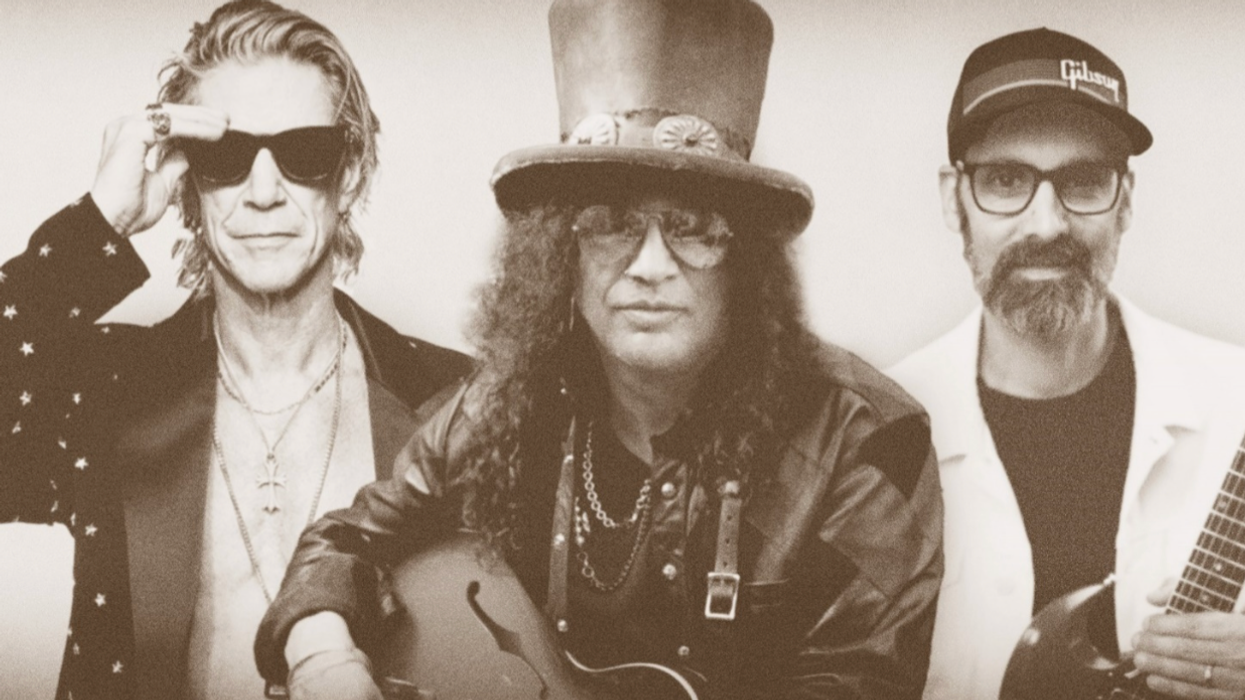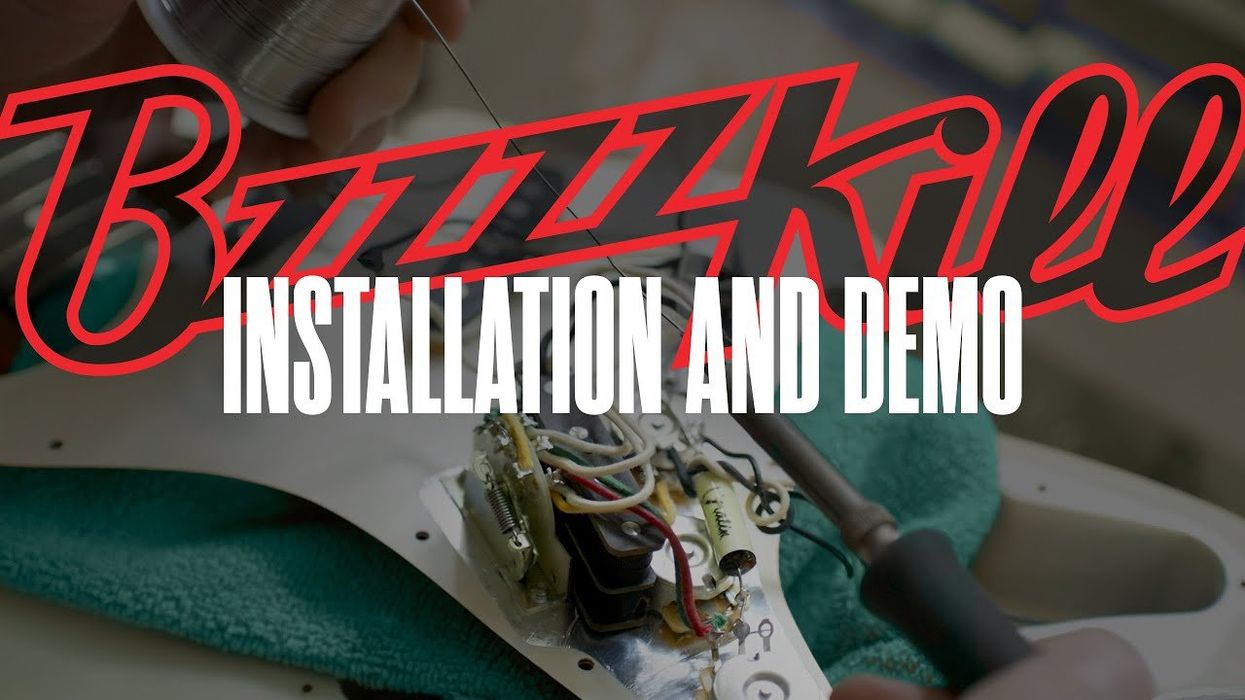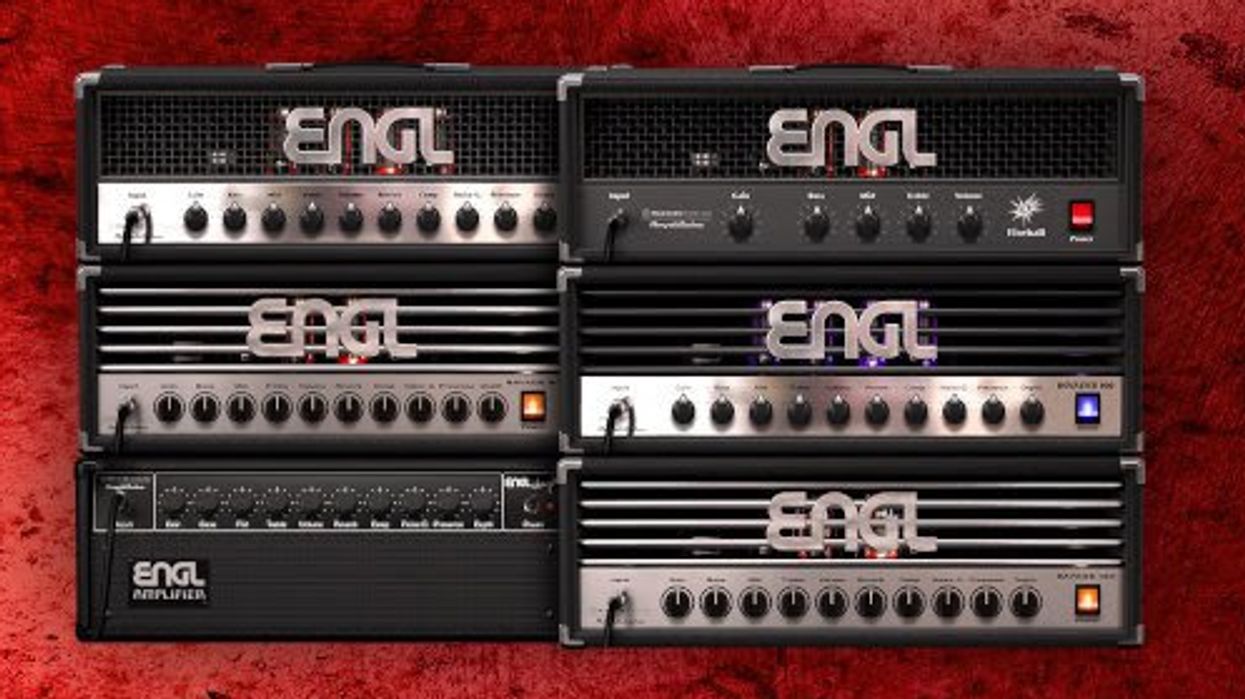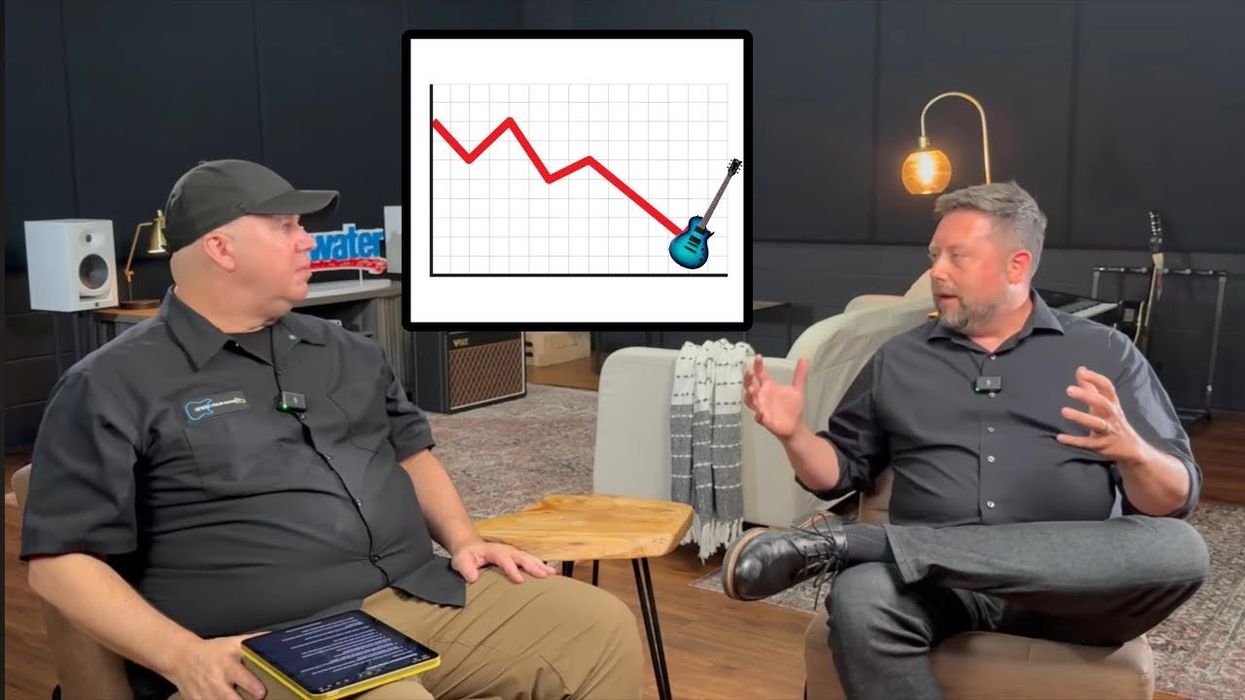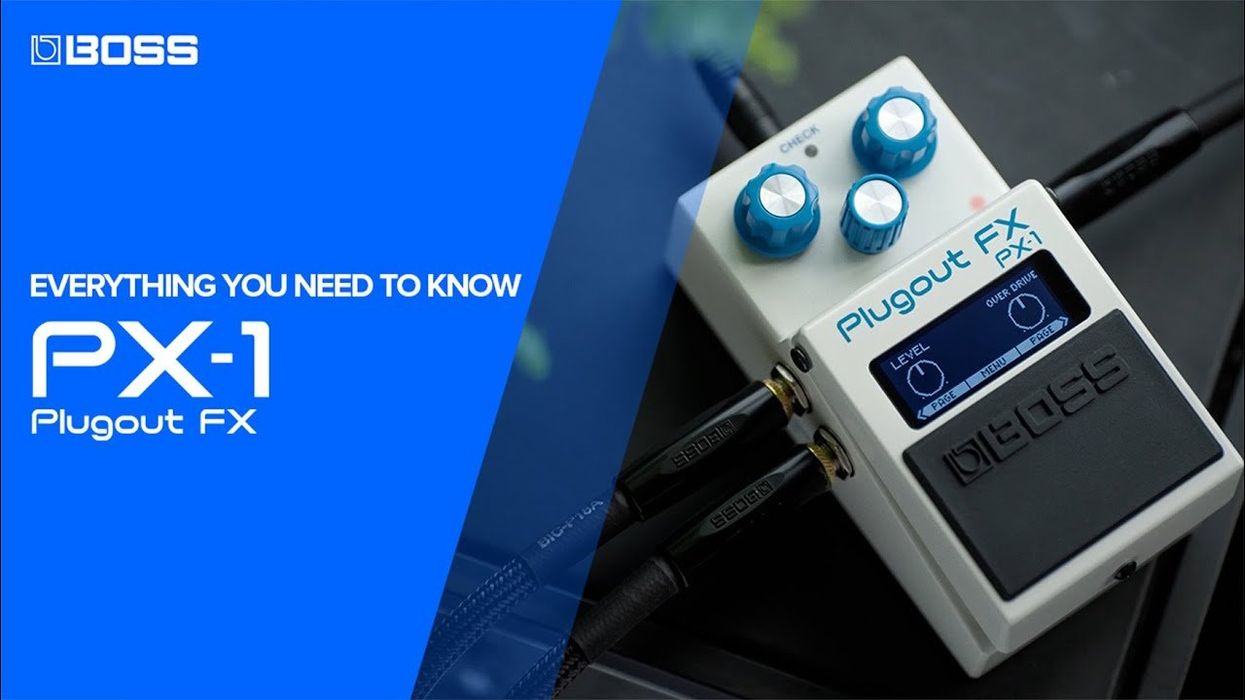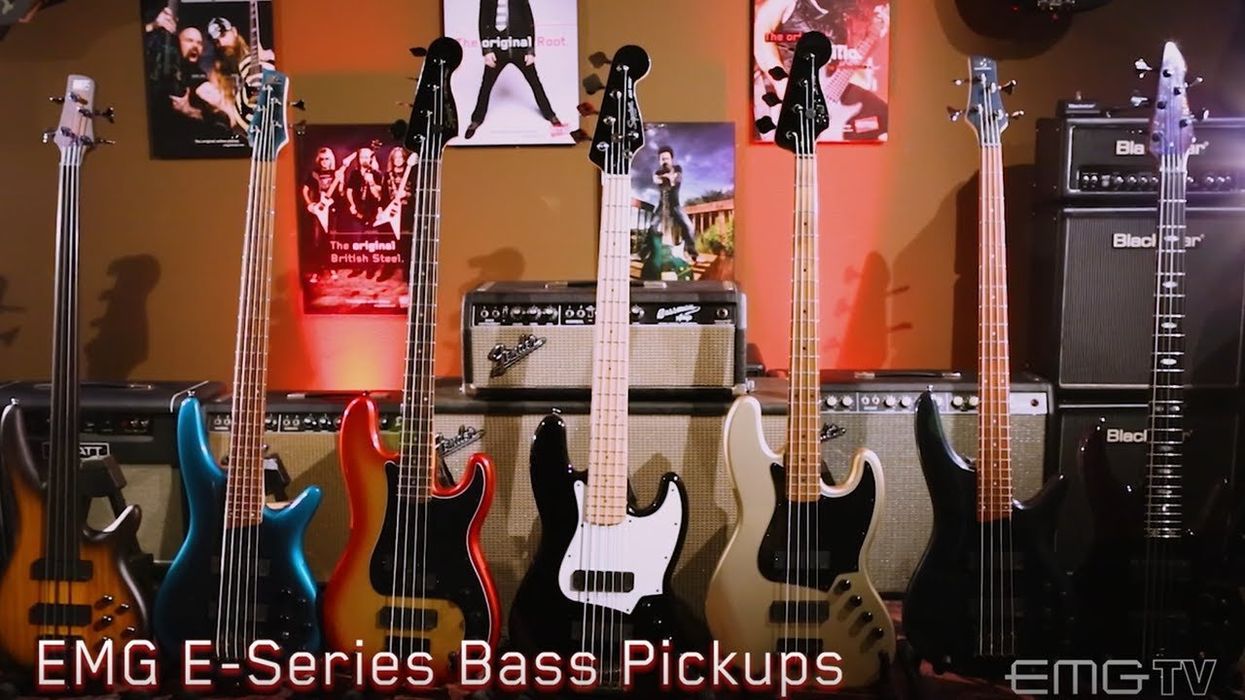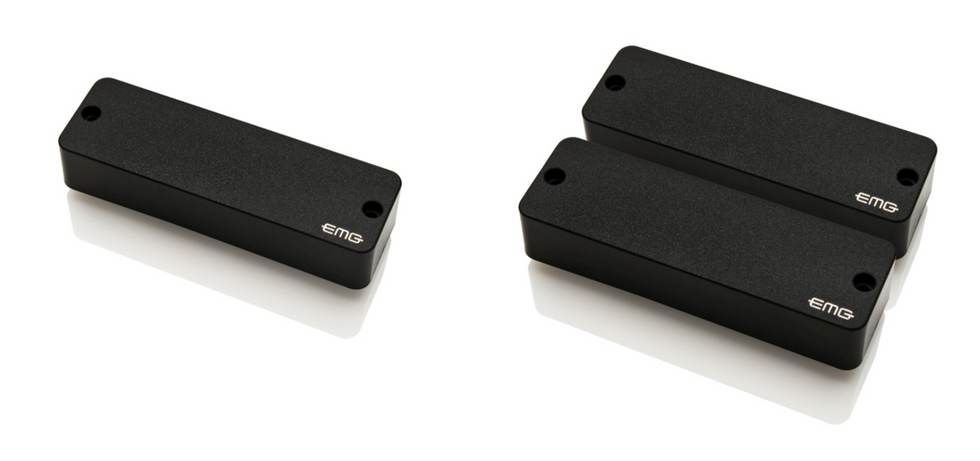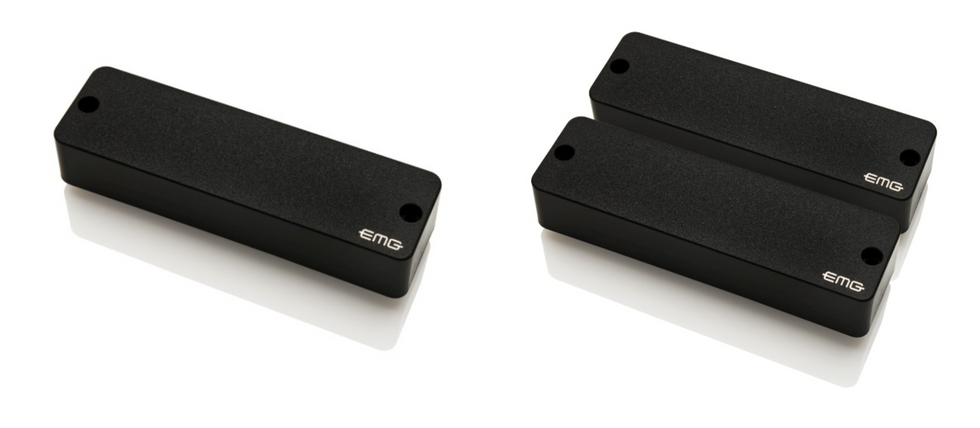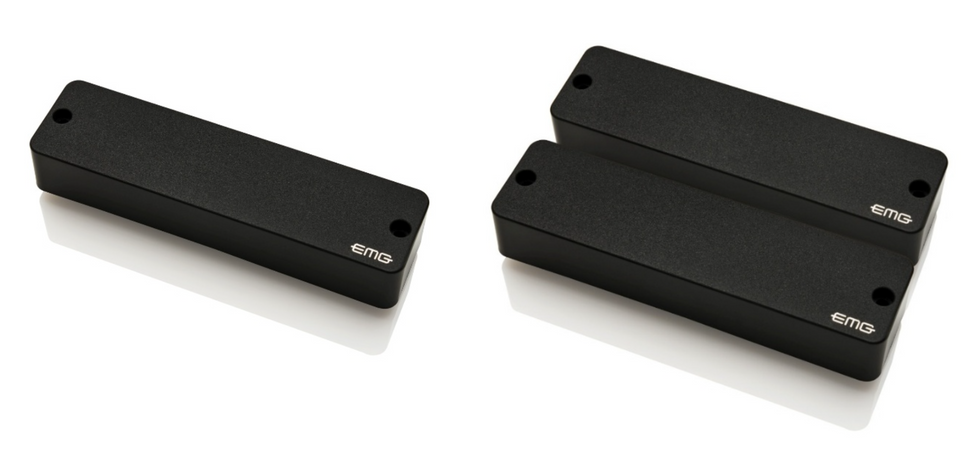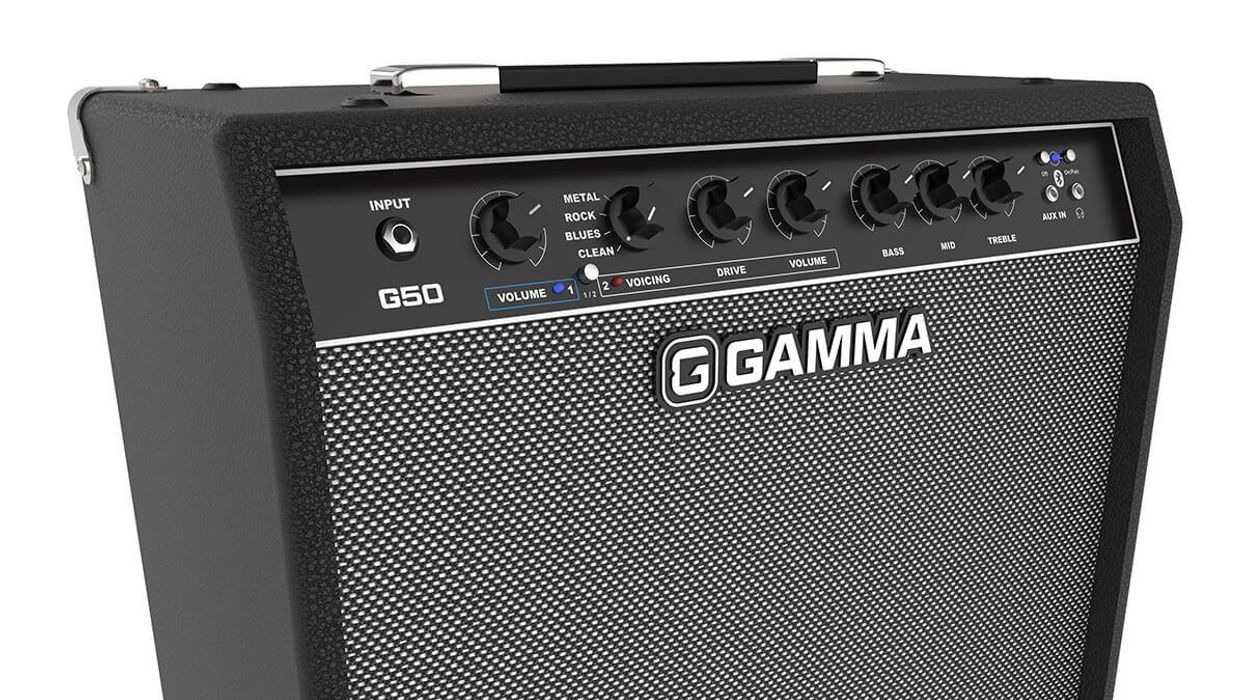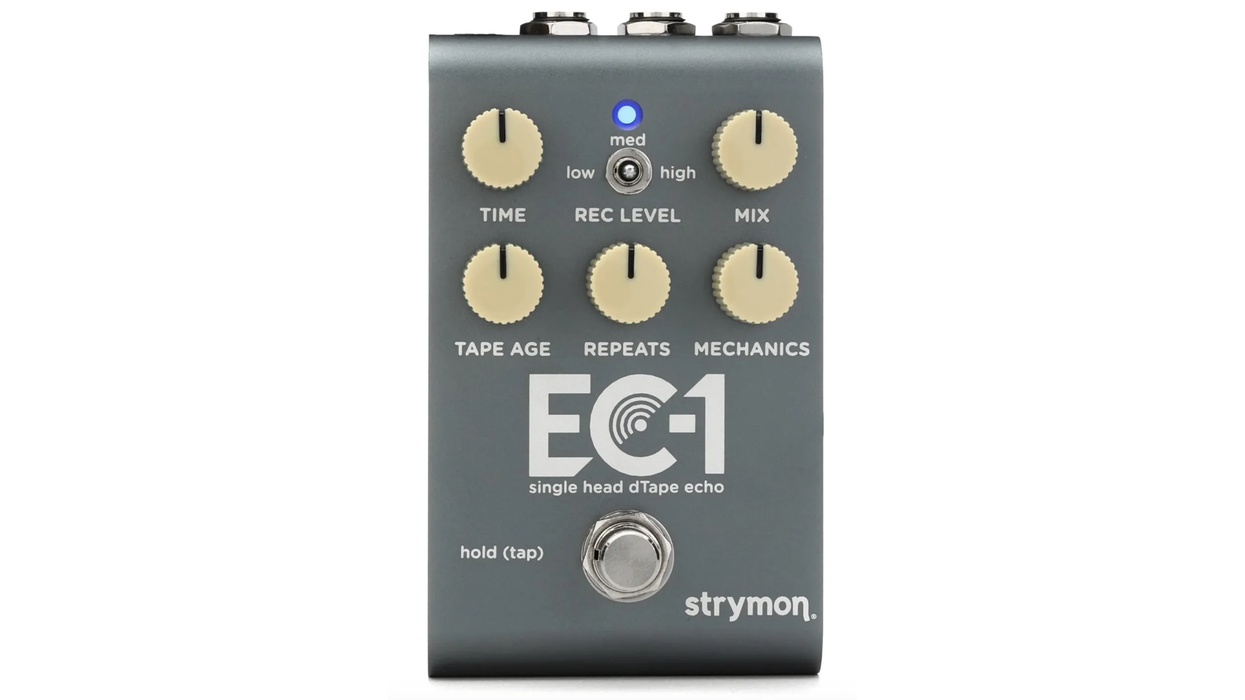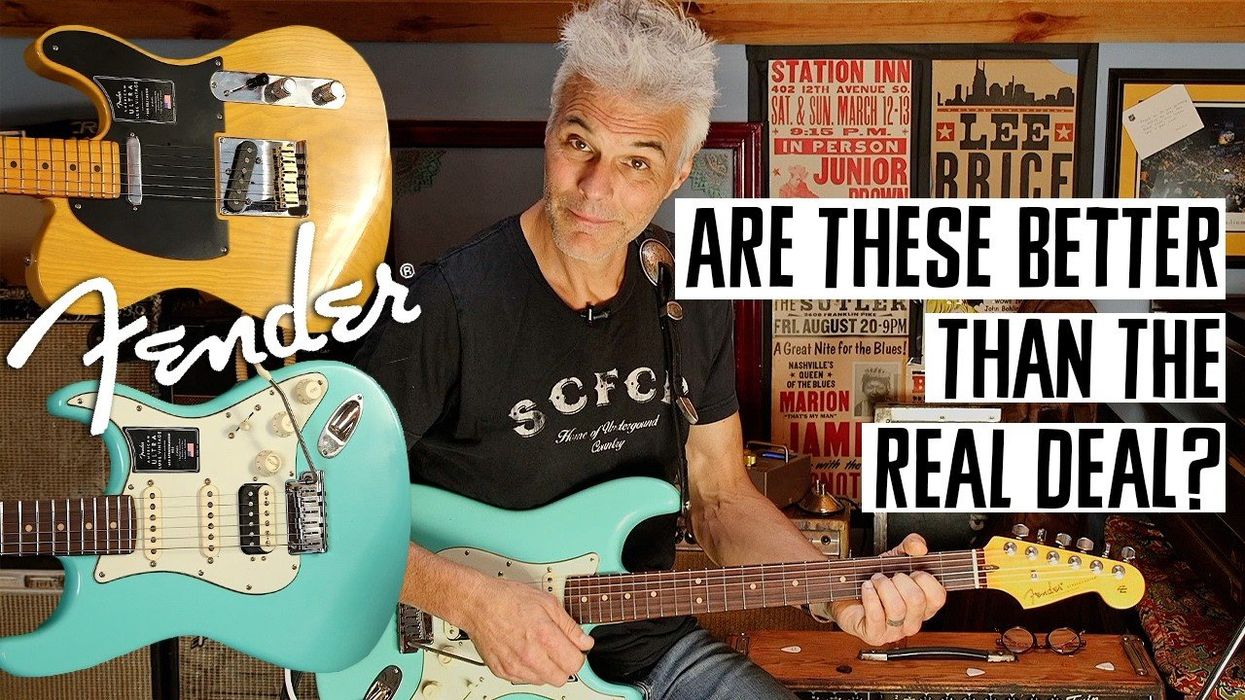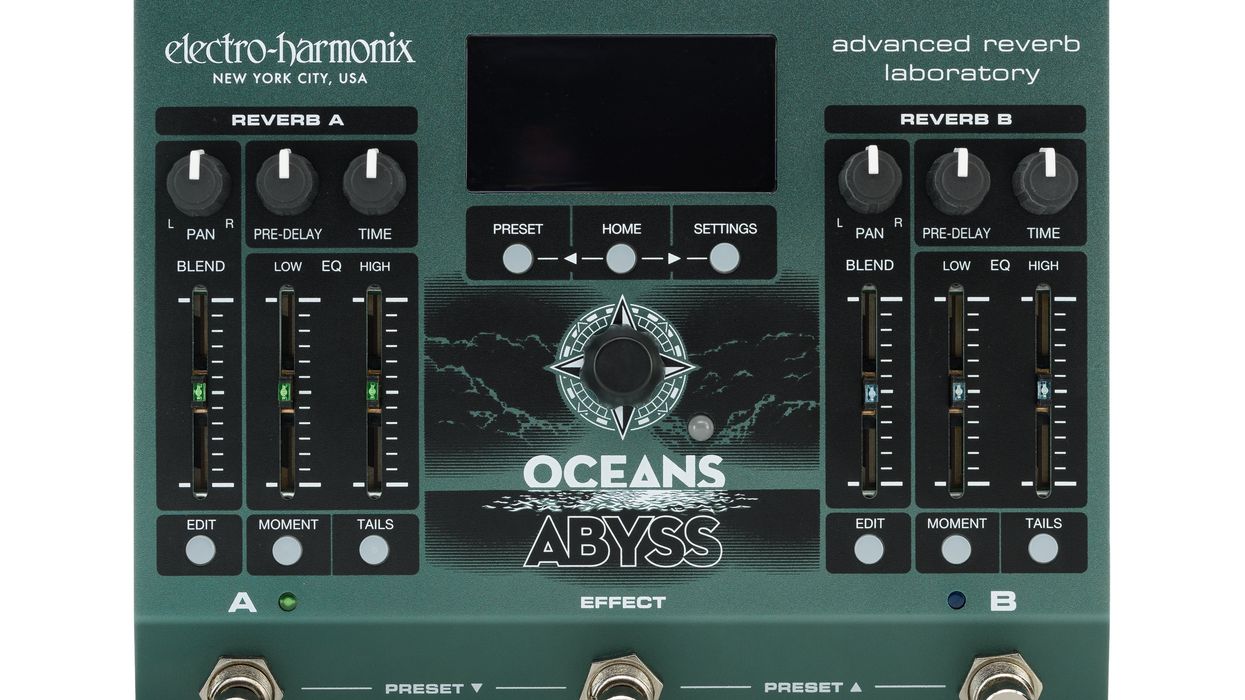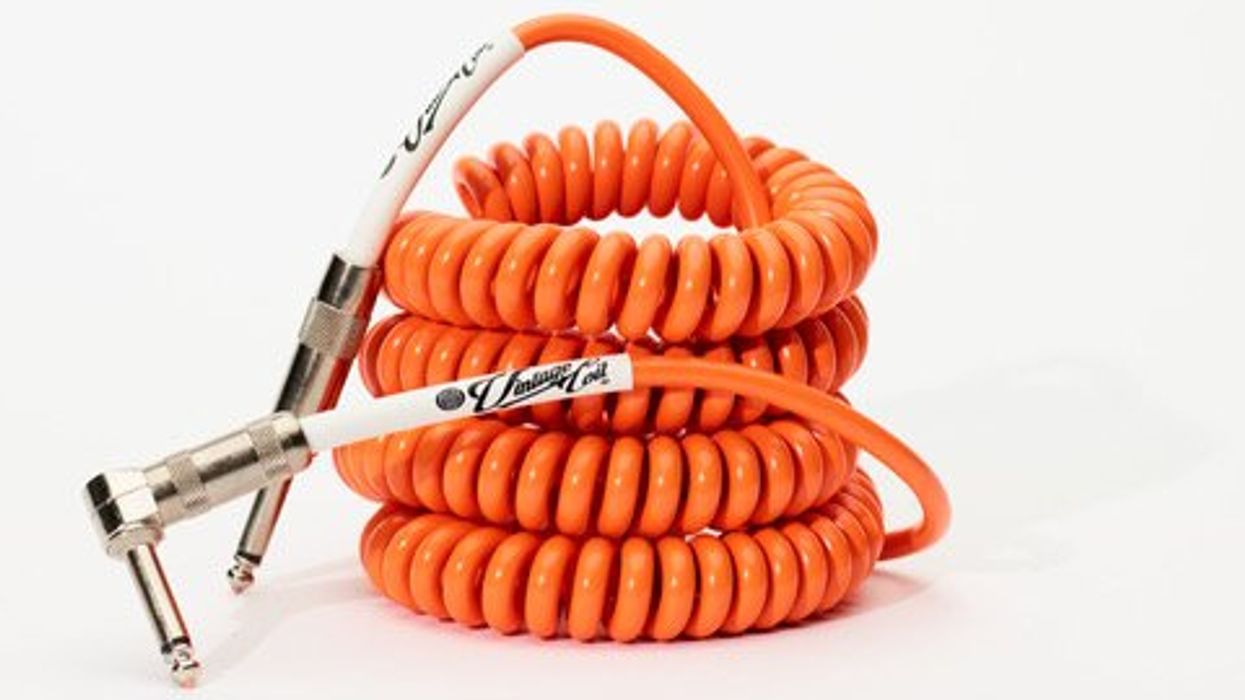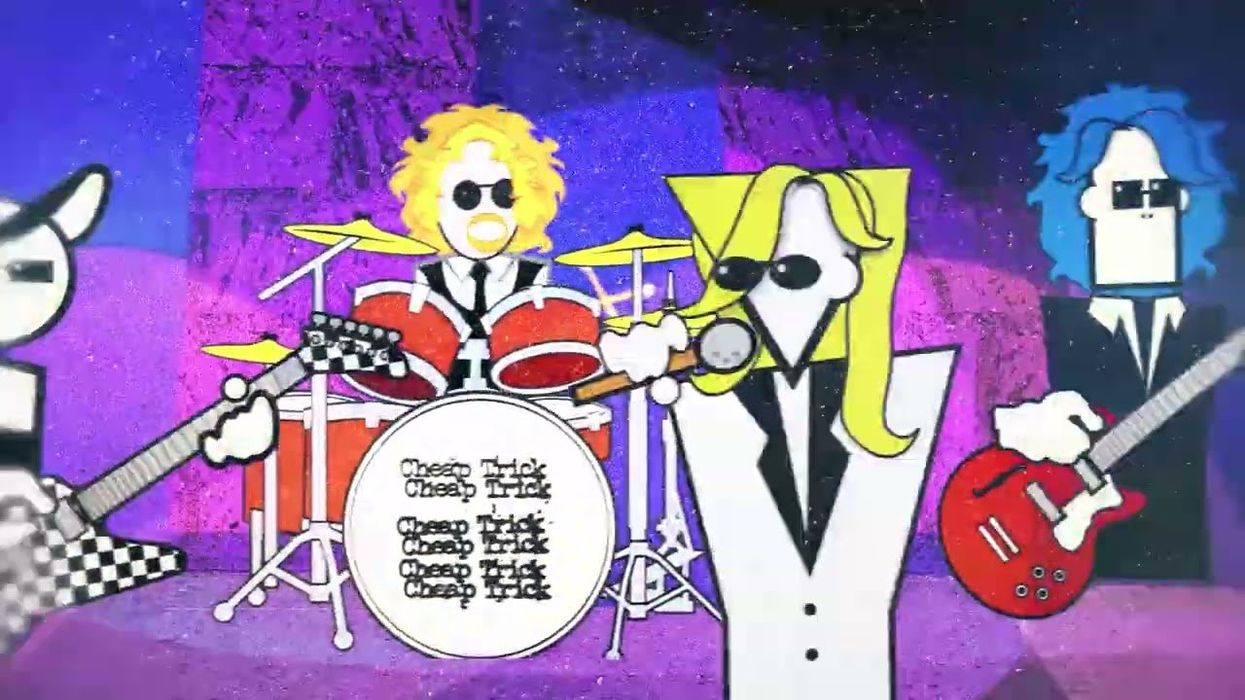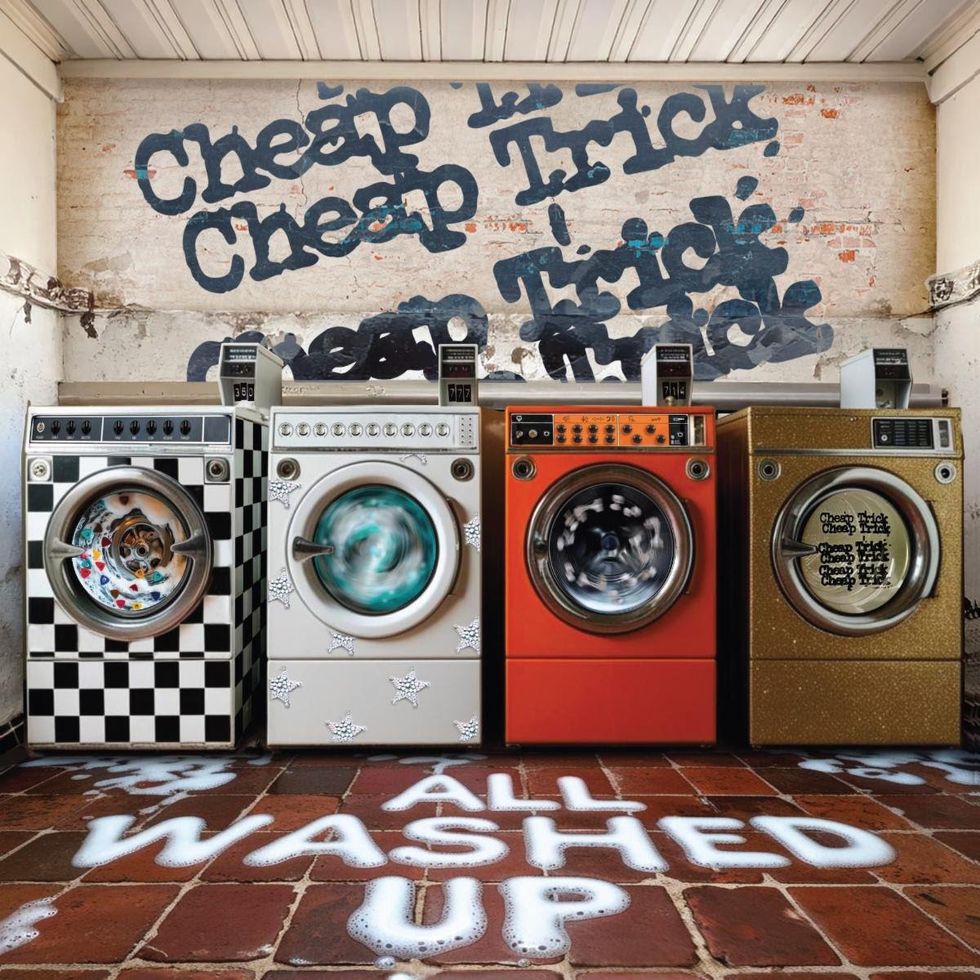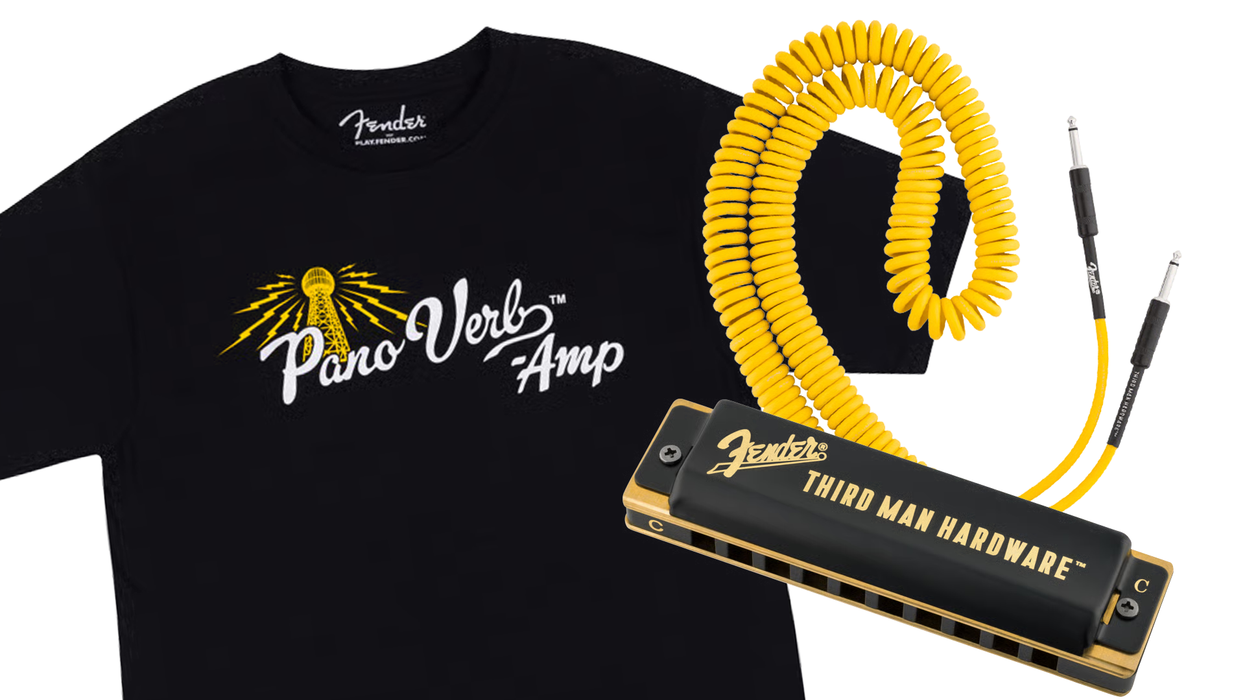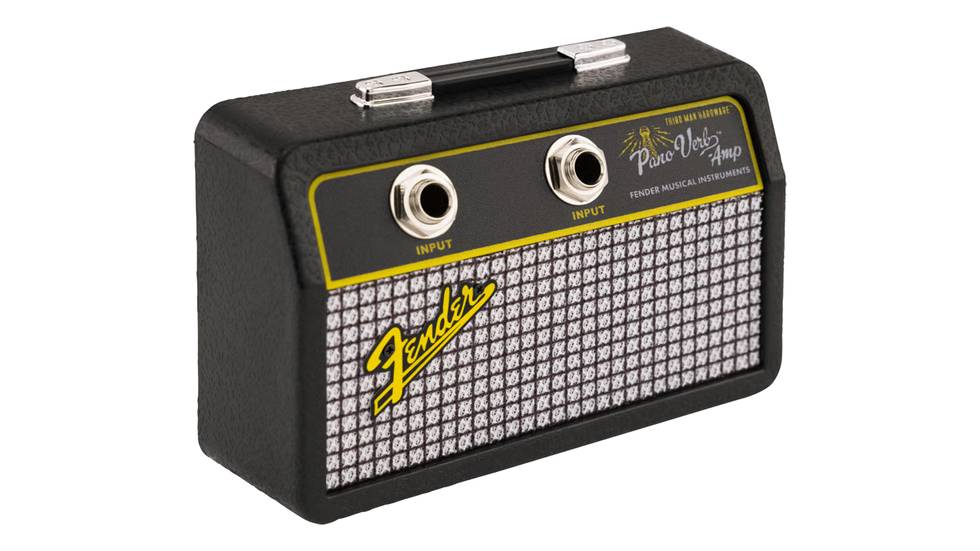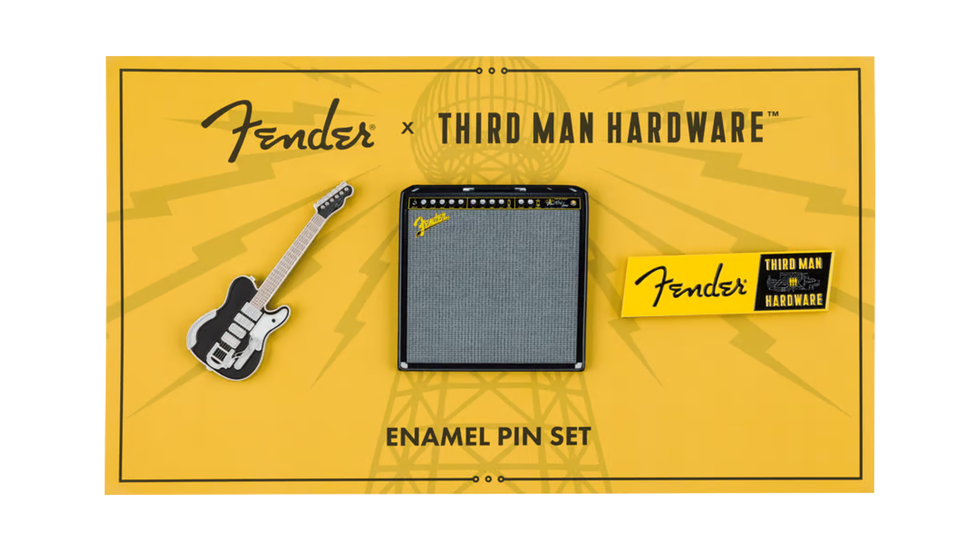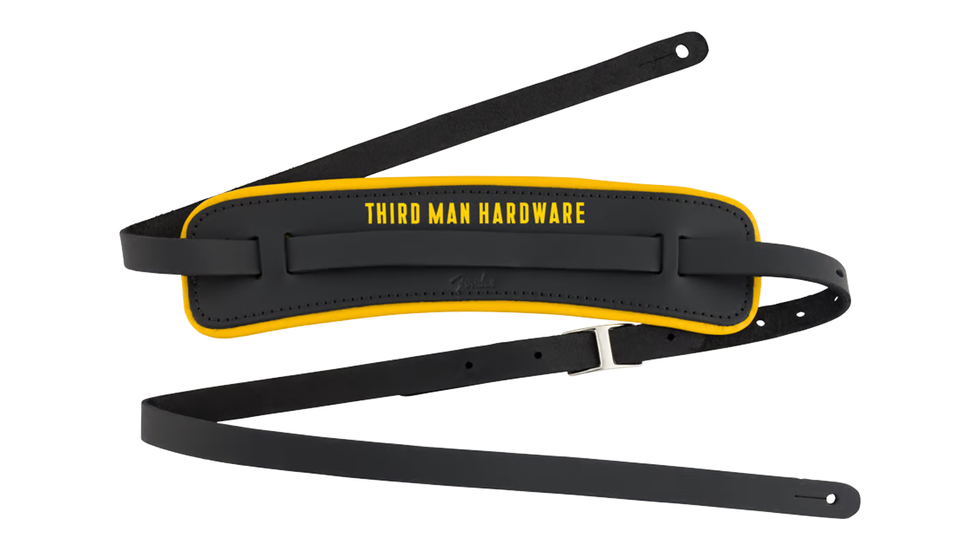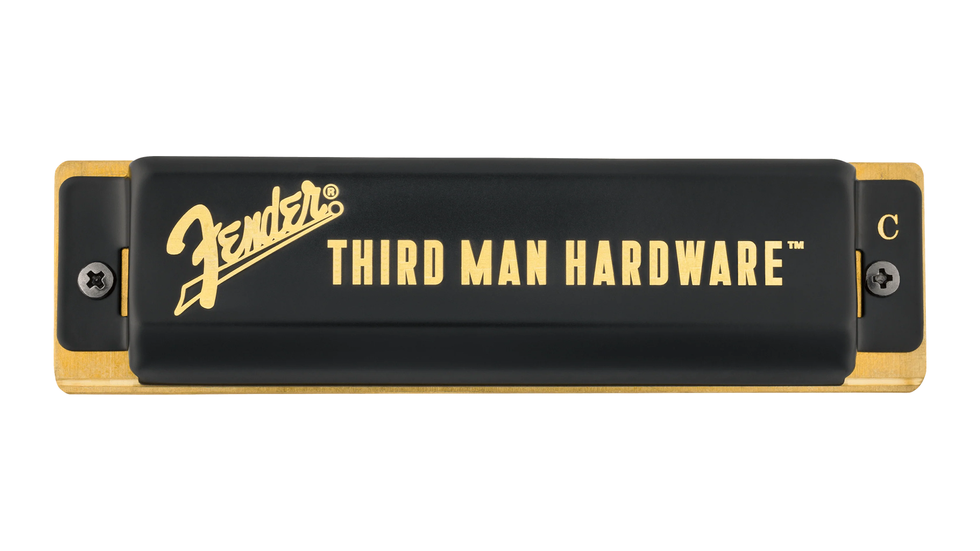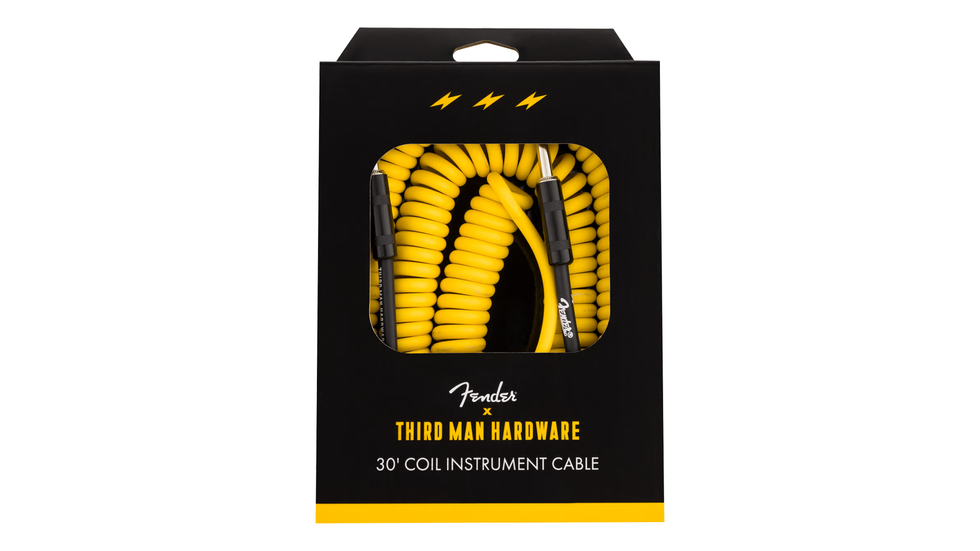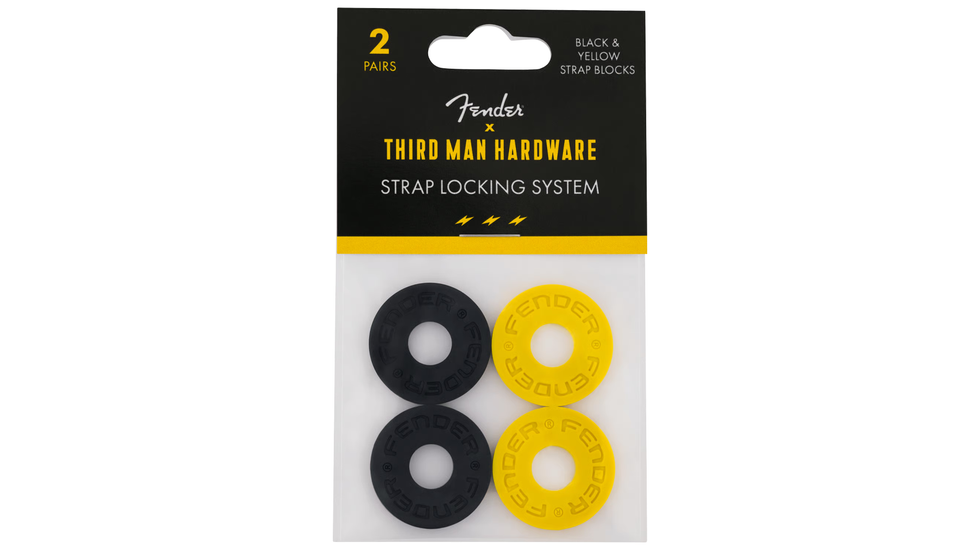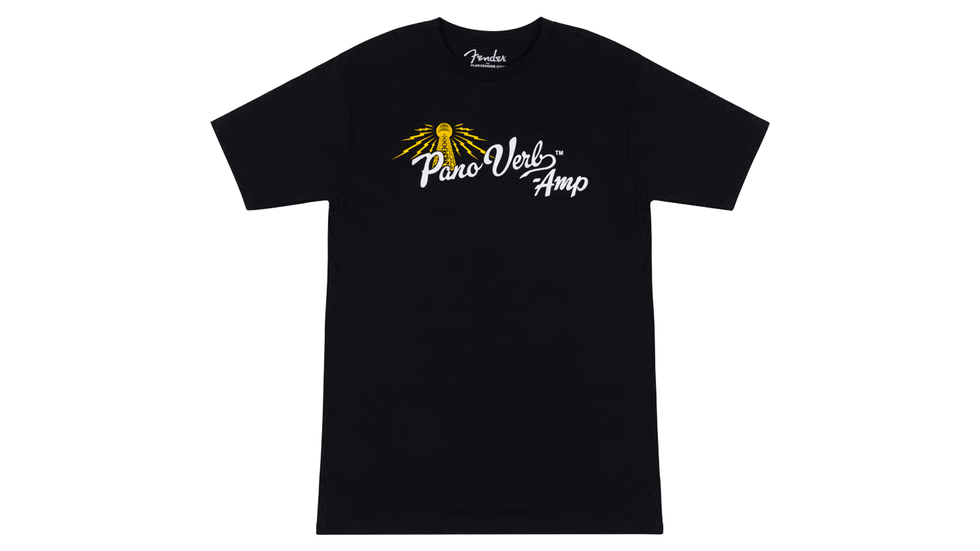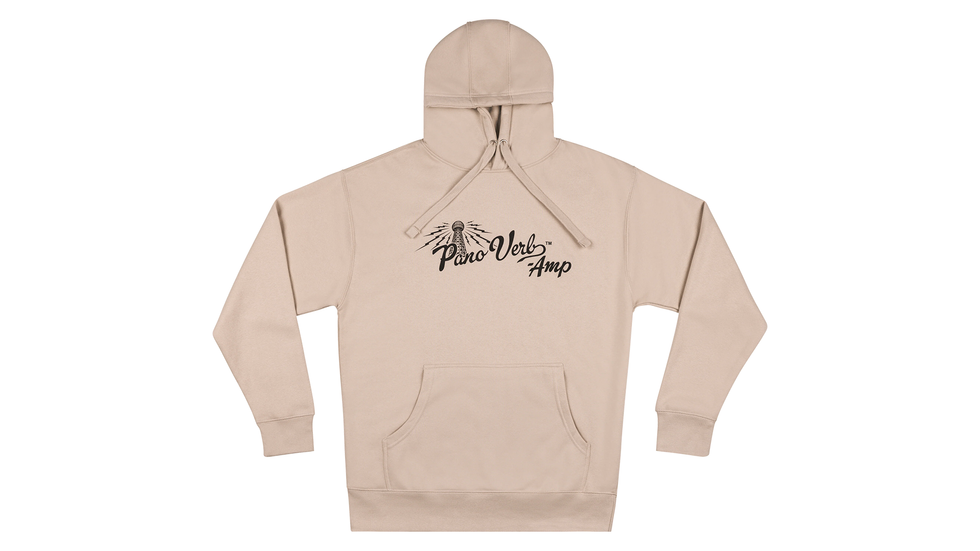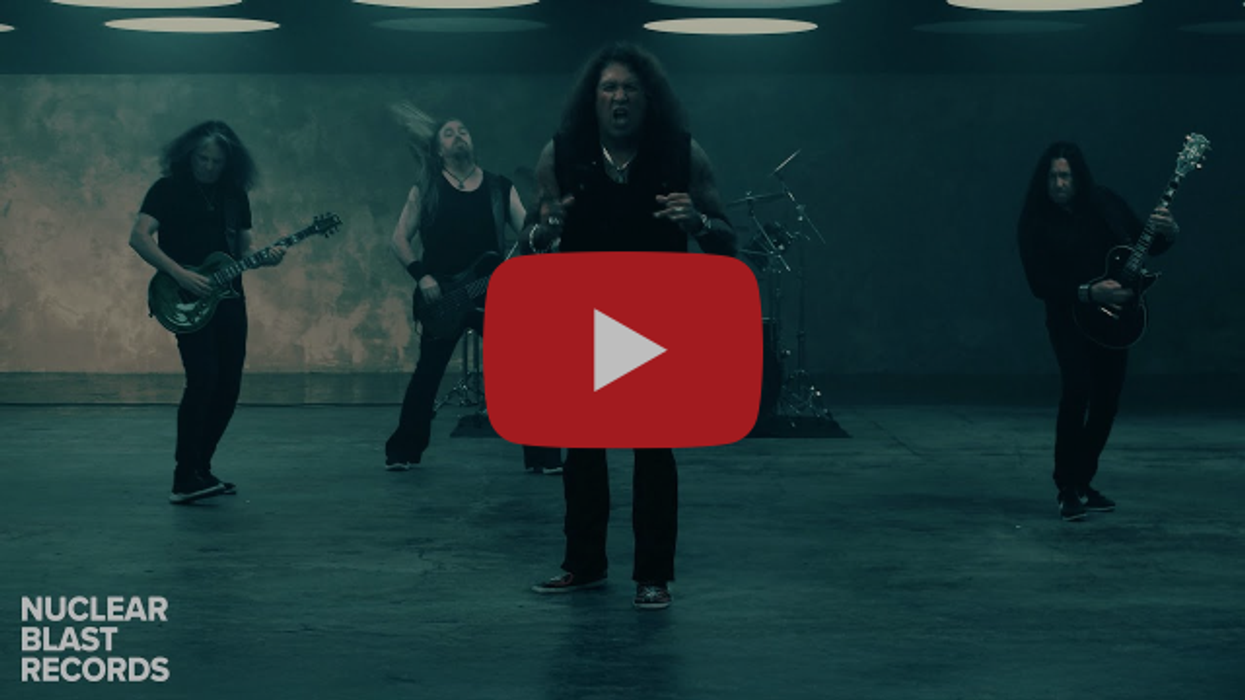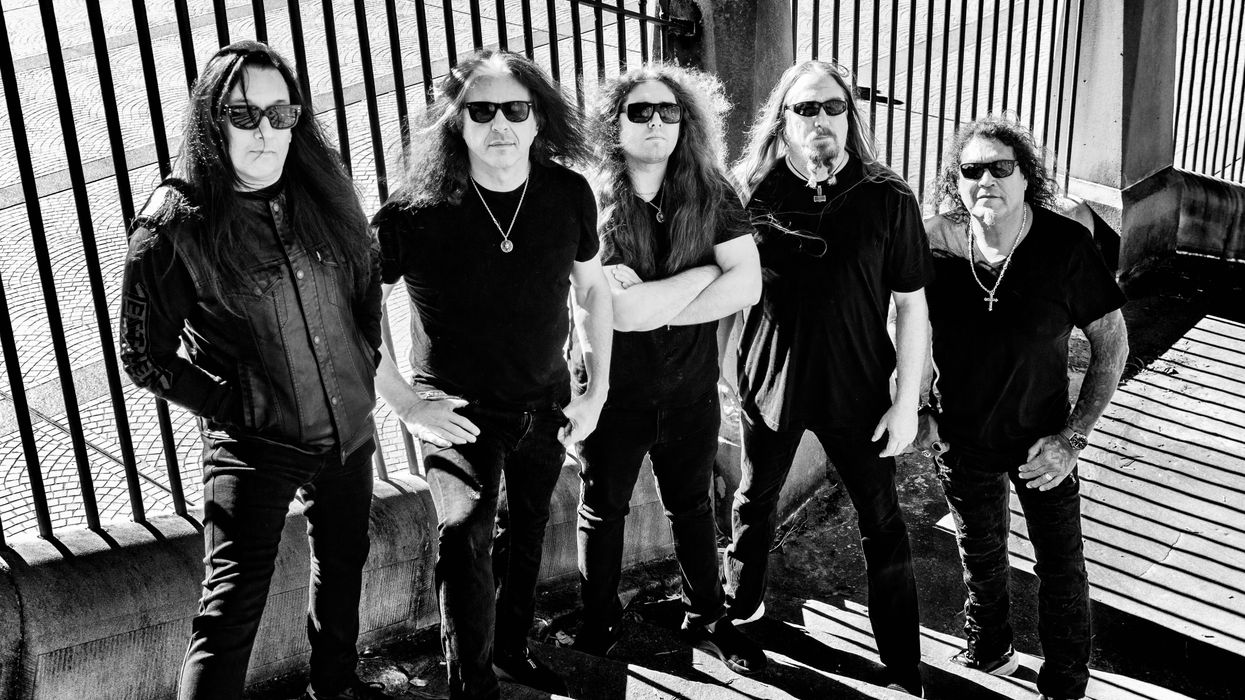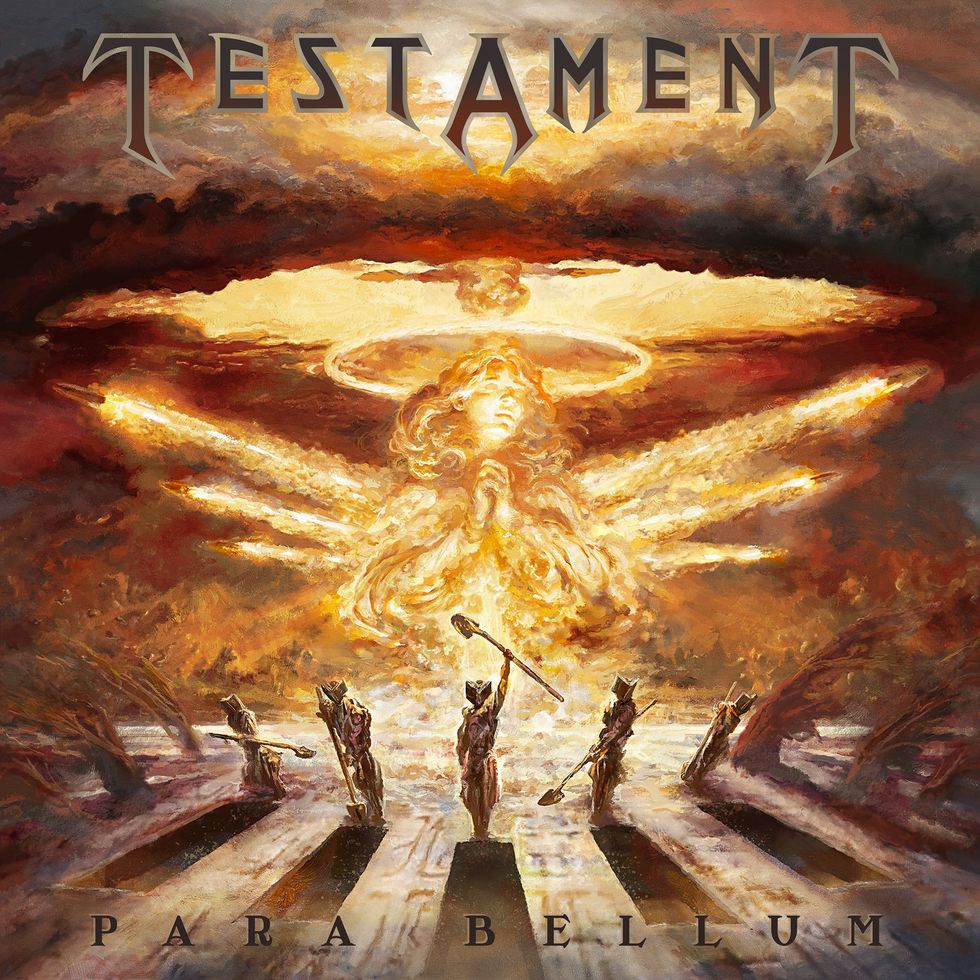100% of "I Can Breathe" song proceeds to benefit the National Alliance on Mental Illness, NAMI.
On Giving Tuesday, Gibson announces a new release from the Gibson Band--a revolving collective of musicians who join together to make music and raise funds and awareness for worthy causes.. A hard-hitting rock song, the new benefit single “I Can Breathe” features rhythm guitars and piano from Cesar Gueikian, CEO of Gibson, with special guests Duff McKagan on lead vocals and lyrics, and Slash on lead guitar and solos. 100% of the proceeds from the sale of the song “I Can Breathe” will benefit the National Alliance on Mental Illness (NAMI), through Gibson Gives. NAMI is the nation’s largest grassroots mental health resource organization that is dedicated to building better lives for the millions of Americans affected by mental illness.
On “I Can Breathe” Duff McKagan crafted the lyrics and is featured on lead vocals, Cesar Gueikian wrote the music and played rhythm guitar and piano, and Slash wrote and played thelead guitar and solos, while Jota Morelli (drums), and Seta Von Gravessen (bass) rounded outthe group in the studio. The music was recorded by Cesar at La Roca Power Studio in BuenosAires, Argentina, vocals were recorded by Duff at the Sound Factory in Los Angeles and leadguitars and solos by Slash in Los Angeles. The track was produced by Cesar Gueikian and JorgeRodriguez with collaboration from Pablo Toubes and Francisco Trillini, and mixed and masteredby Greg Gordon. A special thanks goes to Gonzalo Riviera Villatte, Gina Furia, and guitar techLisardo Alvarez for all his work at La Roca Power Studio.
Gibson Records, Duff McKagan, Slash, and Cesar Gueikian, will donate 100% proceeds from thesale of “I Can Breathe,” in addition to all auction funds raised to the National Alliance on MentalIllness (NAMI), through Gibson Gives. NAMI is the nation’s largest grassroots mental healthresource organization that is dedicated to building better lives for the millions of Americans affectedby mental illness. NAMI’s mission is to create a world where all people affected by mentalillness live healthy, fulfilling lives supported by a community that cares.
“It was such a pleasure to work with Cesar and his whole crew on this tune,” says Duff McKagan.“The musical slant and progressive rock-ness of this huge epic pushed me in a whole new direction. Ilove a challenge and Cesar killed it! Most importantly, to be of service for mental health issues andawareness is super important to me at this time. Let’s rock!”
“Cesar and Duff came to me with a really cool piece of music,” adds Slash. “I loved the riff idea, andDuff's vocal, so I felt right at home on the track.”
“Guns N’ Roses had a profound influence on me and my guitar playing, so having the opportunity towrite and record this song with Slash and Duff is a dream come true, and it’s an honor to call themfriends and partners,” says Cesar Gueikian, CEO of Gibson. “’I Can Breathe’ started as aninstrumental track I recorded at La Roca Power Studio in Buenos Aires. Upon listening to the mix thatGreg Gordon put together, Jenny Marsh (Global Director of Cultural Influence at Gibson) suggestedDuff as lyricist and vocalist. Guns N’ Roses had just come off touring when I shared the song withDuff, he loved it and quickly wrote the lyrics and cut the vocals at the Sound Factory in Los Angeles.Having Duff on vocals made the next step obvious, which was asking Slash if he would collaboratewith lead guitars and solos. Both Duff and Slash transformed the track from a collection of riffs to agreat song! While Greg Gordon’s mixing and creativity tied it all together. I am grateful for thecollaboration from Slash, Duff and Greg, and from my friend Serj Tankian’s participation with coverartwork. I’m thrilled we are donating all proceeds from the song to a great and relevant cause.”
